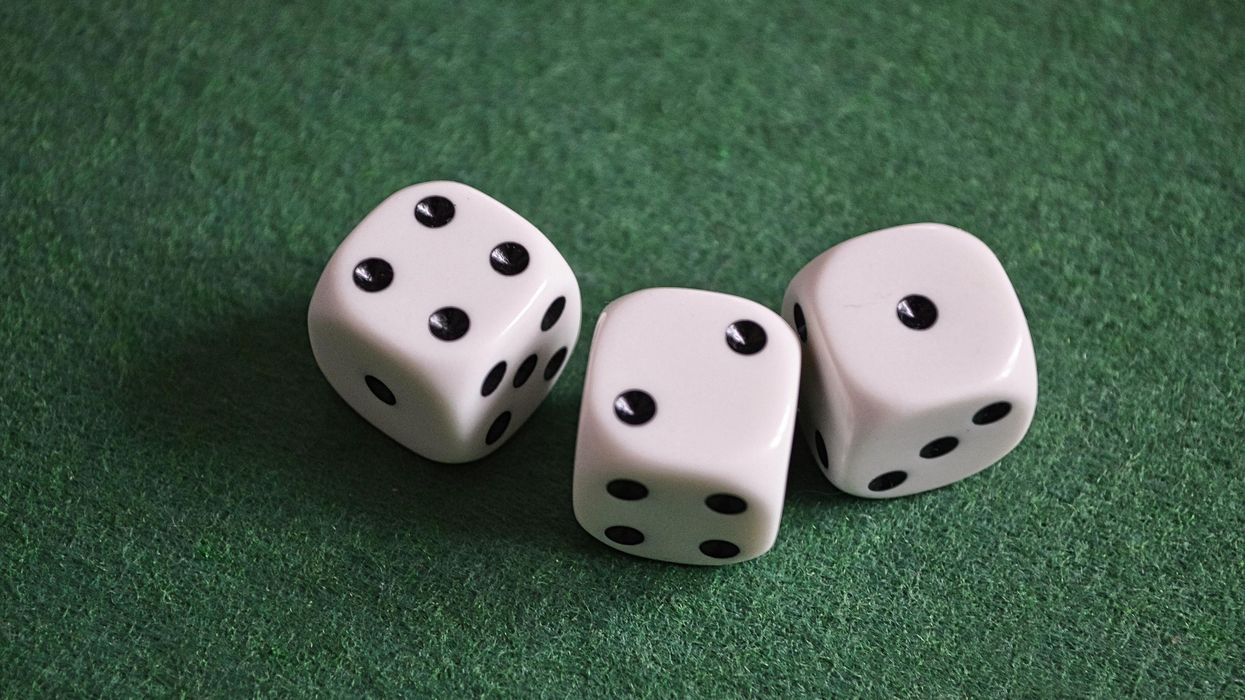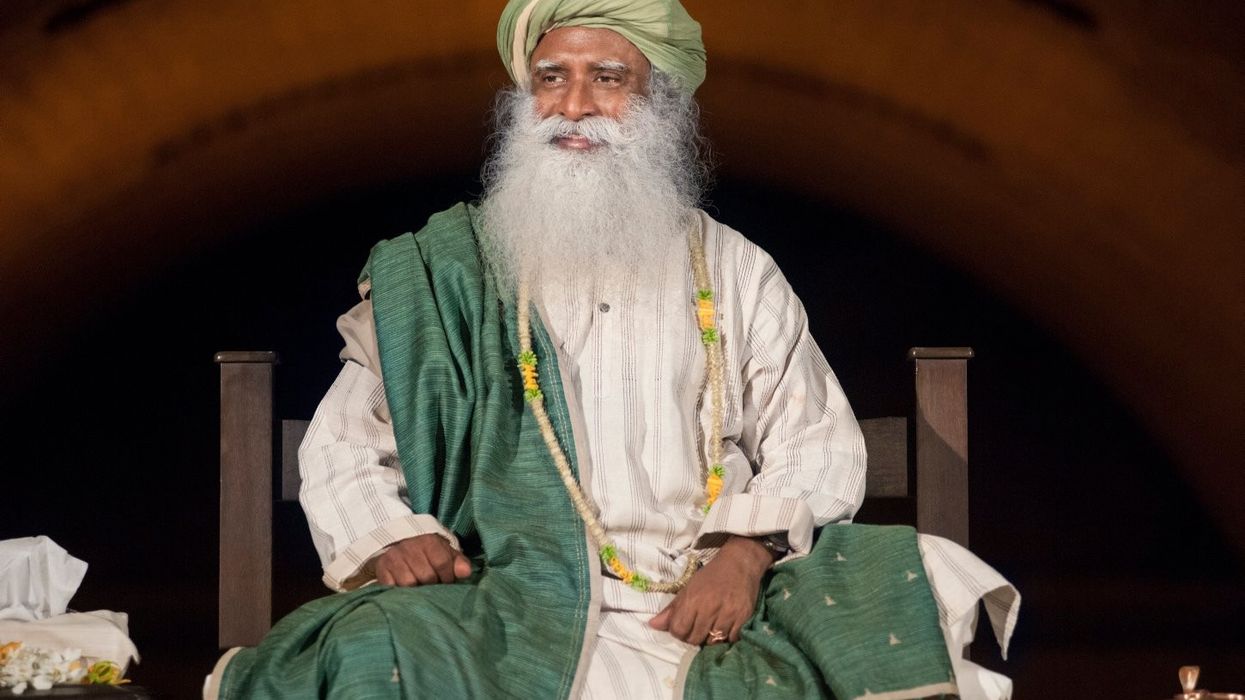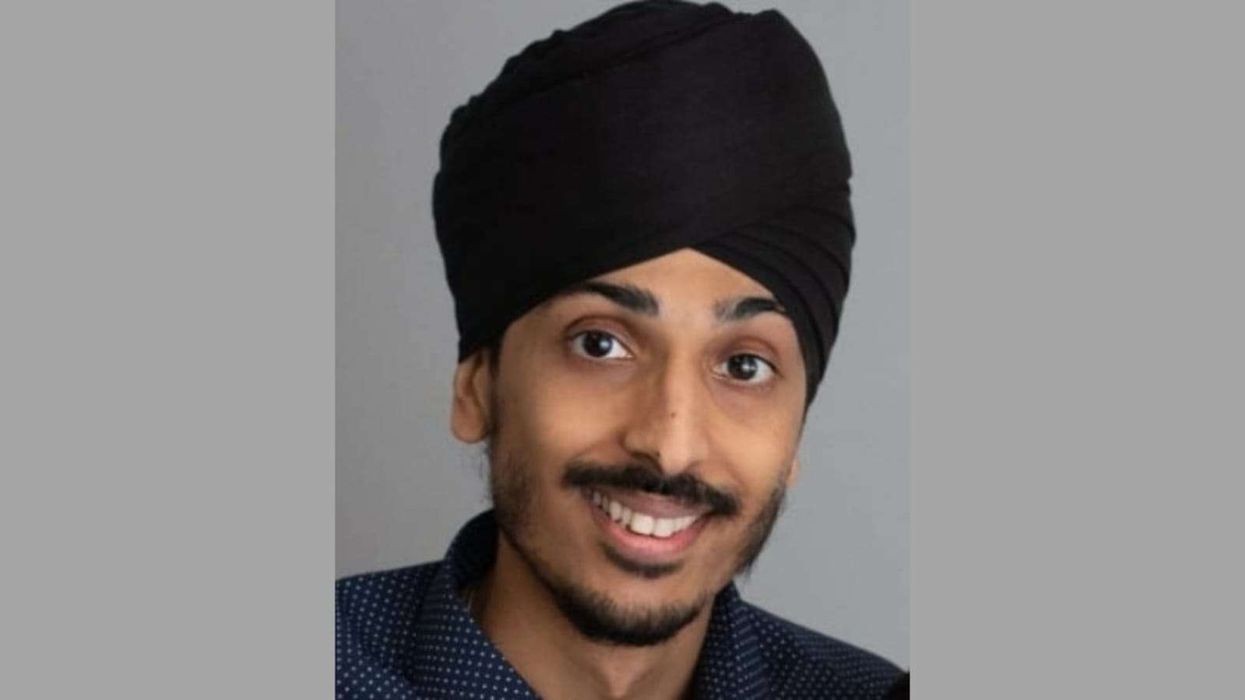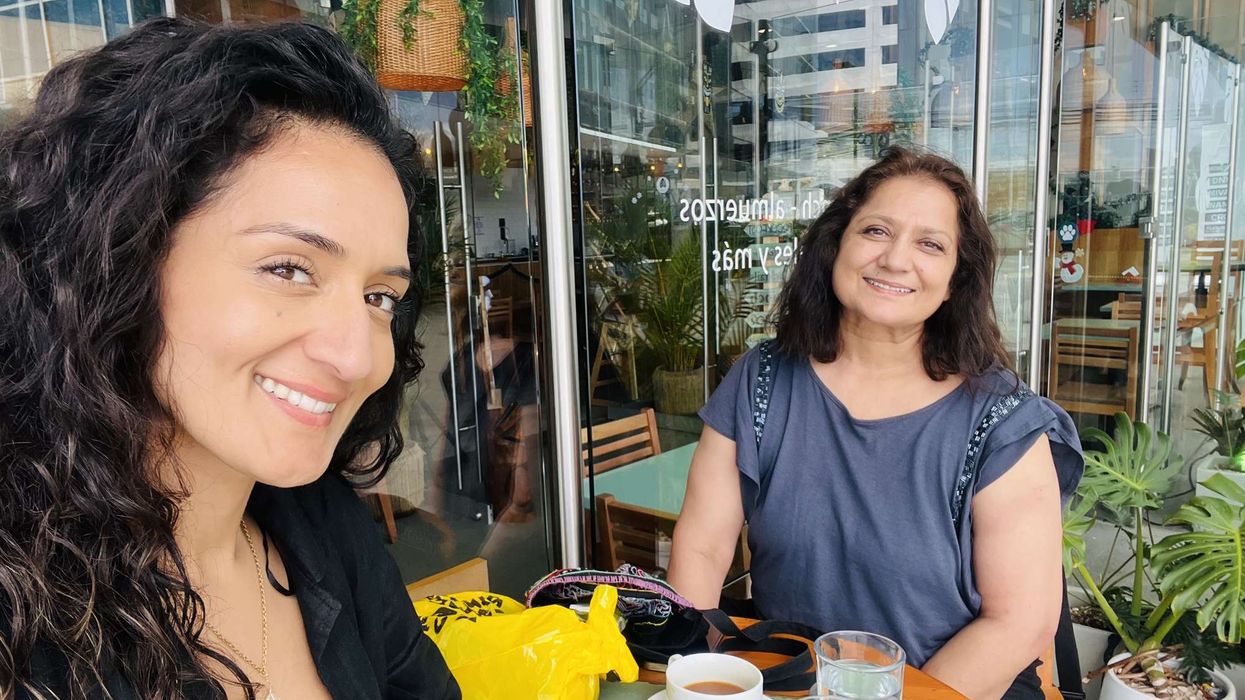ARUNIMA KUMAR ON HER KUCHIPUDI JOURNEY AND LARGE-SCALE FESTIVAL
by ASJAD NAZIR
An International Kuchipudi Dance Festival starts at The Bhavan Centre in London on November 16.
The largest showcase of Kuchipudi in Britain is an inter-generational festival with over 100 performers aged between 4 to 65 years presenting the classical Indian dance form in all its glory. The entire festival is masterminded by award-winning dancer, teacher and choreographer Arunima Kumar. It is the latest chapter in a remarkable artistic journey that stretches back to her childhood when as a two-year-old she would dance whilst her grandmothers sang to her.
Eastern Eye caught up with leading British dance figure Arunima Kumar to find out more about her journey and the International Kuchipudi Dance Festival.
How did your dance journey begin?
My dance journey began at five when my mother saw a dance performance and enrolled me in a Kuchipudi class. What I learned really fascinated me. Initially, it was a hobby as I wanted to study and work. I studied finance and worked in the corporate sector in senior positions. I loved my job, but something was always missing. So I decided to take a break to dance and never went back.
Which of your dance projects has given you the greatest joy?
Each performance has taught and inspired me. I have performed in over 60 countries with over 2,000 shows at various venues, including the Sydney Opera house, Trafalgar Square, Parliament, The Rio Festival, hospitals in UK and prisons in India. I never considered any space big or small. Each space is sacred! If I had to choose one, choreographing and performing at Buckingham Palace for The UK India Year of Culture was a huge honour and responsibility.
Tell us more?
That experience taught me a lot as there was no room for error. I put faith in my art and had an amazing team to create my piece EKAM, which reflected unity in diversity. We worked hard on each aspect, and it was my biggest moment. We went on that red carpet and the beauty of Indian art and heritage came alive. I will never forget that proud moment.
Tell us about the International Kuchipudi Dance Festival?
It is the third edition, and this year we plan to make it one of the largest festivals of Indian classical dance in Britain, with over 100 inter-generational dancers, ranging from my students and artists from Arunima Kumar Dance Company to acclaimed guest artists such as Bhagya Lakshmi Thyagarajan and Meenakshi Ravi. We are thankful to all those, including The Bhavan and Arts Council England, for their support.
What has been the biggest challenge of putting it together?
This year’s festival is targeting 100 dancers! I always aim for the impossible and stay alive by living my dreams. The multiple challenges in curating the festival include organising multiple rehearsals, raising funds, monitoring costs effectively and ensuring highest standards. It’s a mammoth task. It is still challenging promoting Indian arts, including to the Indian community.
Is there one highlight you are looking forward to?
I am looking forward to our new work Avatara, which is an inclusive work supported by the Royal Borough of Kensington and Chelsea Arts. It is a collaboration between Arunima Kumar Dance Company Kuchipudi Dancers and Latin/Ballroom dancers on wheelchairs from Step Change Studios, which is an award-winning inclusive dance company. The contrasting forms have come together to tell an Indian mythological epic in an abstract form and has music by Niraj Chag.
You have done diverse work, including global performance, education, outreach, dance therapy, giving a platform to young artists and bringing Kuchipudi to the forefront, but what’s the secret of a great performance?
A great performance to me is when I give my best and feel the spiritual connection with my audience and they take back an experience they remember. Comments such as, “I left drugs after I saw your performance”, “I promise to learn and teach my kids dance as it made me so happy” and “God bless you and your strength” are jewels of appreciation I take with me, which money can’t buy.
What inspires you as an artist?
I’m inspired when I see legends at work – their vision, attention to detail, hard work and focus on every movement. I’m inspired by their resilience and ability to share. My gurus and mentors Akram Khan, Shobana Jeyasingh and Donald Hutera have all inspired me in many ways. I’m also inspired by children in their innocence in movement, as it’s very pure. That’s why I love teaching and am keeping the legacy going.
Why do you love dance?
I love dance because it gives me strength, peace and happiness. Dance is my home, my prayer, a best friend that has stayed loyal to me. Dance has shown me history, taken me to places I would not even dream of and given me friends globally. I’m not lonely even when no one is around me! It has taught me humility, spirituality, and the values of sacrifice and hard work. Dance makes me human! I don’t need to earn loads of money or get that promotion to be happy. I have it right here. It has given me the means to heal, educate, impact and shape a better world.
What Arunima Kumar’s students have to say
Jia: Arunima Kumar is the best guru I have, as she teaches with passion and wants us to be perfect. “Practice every day” are her favourite words.
Neeti: Ms Arunima Kumar makes it a joy to learn Kuchipudi. We learn about our tradition and work hard on the dance steps/postures again and again till we get it right.
Kornelya: Arunima Kumar Ji is the best teacher, guru and role model. She inspires me with her determination, talent, open mind and generosity. She taught me to never give up and inspires me to learn Kuchipudi with no excuses. She proves that everything is possible.
www.arunimakumar.com
Did you know?
- Kuchipudi originates from Andhra Pradesh and is the only dance form that is named after a village in India, Kuchipudi/Kuchelapuram. It was gifted to villagers by the Nawab who saw a beautiful Kuchipudi performance and was happy with it. The tradition lives on today where the villagers still practice, perform and teach.
- It was originally performed by male Brahmins and has a dance-drama tradition. It evolved into a solo style and is performed by many female artists now.
- Stree vesham, where a man dresses up and performs as a woman has been a popular and relevant feature of this form.
- It originated during the Bhakti movement and many original pieces are based on this theme of spirituality and devotion.
- It is a beautiful rhythmic form of Indian dance, buoyant in nature with fluid torso movements, fast footwork and sculpturesque postures.











